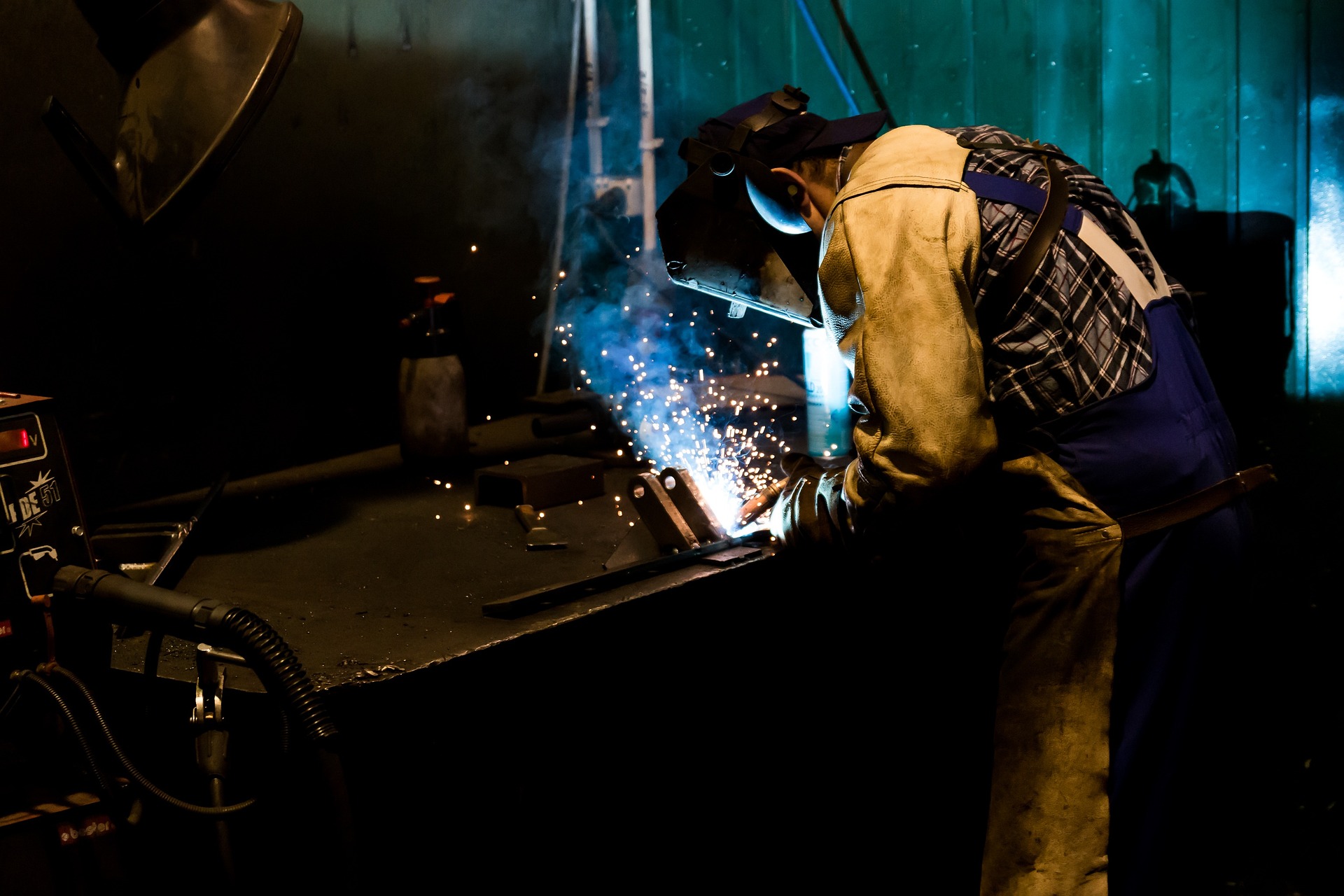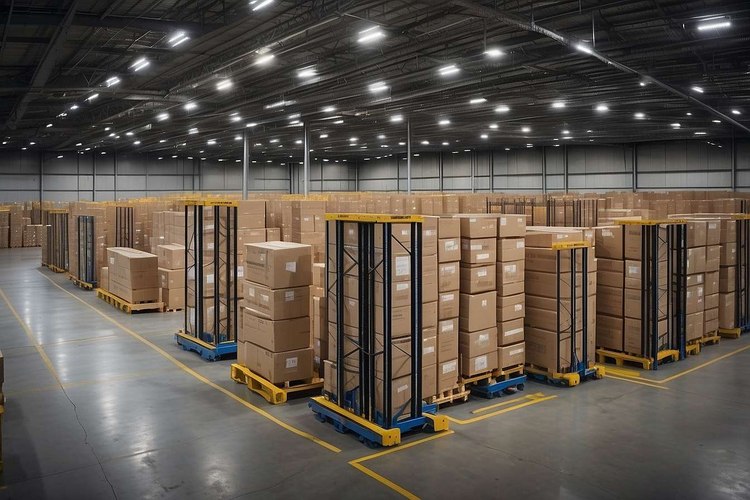Welding Company Jobs in Canada: Skilled Work with Stable Opportunities
The welding industry in Canada represents a significant sector within the skilled trades landscape. This career path combines technical knowledge with hands-on expertise in joining metals through various processes. Understanding the nature of welding work, required qualifications, and industry trends provides valuable context for those considering this field as a potential career direction.

Welding represents one of Canada’s established skilled trades, combining technical expertise with hands-on craftsmanship. The Canadian welding industry encompasses diverse sectors from manufacturing to construction, energy, and transportation infrastructure. This article examines the general nature of welding careers, the typical responsibilities involved, and the skills required for those interested in this field.
What Welders Do Every Day
Welding professionals typically engage in a variety of tasks depending on their specialization and industry context. A typical workday often begins with reviewing blueprints and specifications to understand project requirements. The work generally involves preparing materials by cutting, cleaning, and positioning metal components before applying various welding techniques such as MIG (Metal Inert Gas), TIG (Tungsten Inert Gas), or stick welding.
Safety protocols form a critical part of routine procedures, with welders using protective gear including helmets with auto-darkening filters, heat-resistant gloves, and flame-retardant clothing. Throughout their work, welders must maintain precise control over their equipment while monitoring temperature, gas flow rates, and material properties to ensure strong, durable connections.
Quality control represents another significant responsibility in welding work. The process typically includes inspecting completed welds, looking for defects or inconsistencies that could compromise structural integrity. Many welders use specialized tools to test weld strength and document their work for quality assurance purposes.
Why Welding Is Always Needed
The ongoing relevance of welding expertise stems from its fundamental role in modern infrastructure and manufacturing. Many industries incorporate welded components—from transportation equipment to buildings and energy infrastructure. Unlike some occupations more vulnerable to complete automation, welding continues to require human skill and judgment, particularly for complex applications.
Canada’s natural resource sector, including oil and gas operations in Alberta and offshore projects in the Atlantic provinces, has historically utilized welding expertise. Similarly, infrastructure development generates projects requiring welding professionals for bridges, highways, and public facilities.
Climate initiatives are also creating new applications, with renewable energy installations like wind turbines and solar array supports requiring precision welding. As manufacturing evolves toward more specialized production, custom fabrication work ensures welding skills remain relevant across diverse industries and economic conditions.
Skills That Make You Stand Out
Technical proficiency forms the foundation of welding career development, but several additional skills can enhance professional qualifications in this field. Certification in multiple welding processes—particularly specialized techniques like pressure vessel welding or underwater welding—can substantially increase qualification levels.
Blueprint reading and spatial visualization abilities allow welders to translate two-dimensional plans into three-dimensional structures accurately. Strong mathematical skills for calculating measurements, angles, and material requirements prove equally valuable in daily work.
Physical stamina and manual dexterity remain essential, as welding often requires working in challenging positions while maintaining precise control over equipment. Increasingly, the field values troubleshooting abilities for identifying and resolving issues independently.
Communication skills have grown more important as projects become more collaborative. Welders who can clearly document their work and effectively coordinate with engineers, inspectors, and other trades may find additional career development opportunities. Additionally, adaptability to new technologies and techniques—including robotic welding systems and advanced materials—positions welders for long-term professional sustainability.
Canadian Welding Certification Requirements
The Canadian Welding Bureau (CWB) oversees certification standards nationally, establishing consistent quality frameworks across the industry. Entry-level qualifications typically involve completion of a welding program at a technical school or community college, followed by practical examinations demonstrating proficiency in specific processes.
The CWB offers several certification levels, from basic to advanced, with testing procedures that evaluate both technical knowledge and practical skill. The Canadian Standards Association (CSA) standards apply particularly for structural or pressure vessel welding where safety considerations are paramount.
Provincial variations exist in certification requirements, with some regions implementing additional standards for specialized applications. Red Seal endorsement—a nationally recognized credential—allows welders to work across provincial boundaries without additional certification, expanding professional mobility.
Continuing education plays a vital role in professional development, with specialized certifications in areas like pipeline welding, aerospace applications, or nuclear facilities representing advanced qualifications. Many educational institutions offer ongoing training to help welders maintain and expand their technical knowledge.
Welding Industry Outlook in Canada
The Canadian welding industry faces both challenges and opportunities in coming years. An aging workforce creates demographic shifts as experienced welders retire. The Conference Board of Canada and various industry associations have studied trends across multiple sectors, particularly in regions with active resource development and manufacturing.
Technological advancements continue to transform aspects of the field, with computer-aided design integration and semi-automated systems becoming more common. Rather than replacing skilled labor entirely, these technologies typically modify work processes while still requiring operators who understand material properties and quality standards.
Regional variations in industry activity persist, with different patterns in Alberta’s energy sector, Ontario’s manufacturing corridor, and British Columbia’s marine industry. Remote and northern communities often have different workforce dynamics for qualified welders working in those environments.
The integration of sustainable practices and new materials presents both challenges and opportunities for welding professionals who stay current with industry developments. As Canada continues investing in infrastructure renewal and clean energy initiatives, the welding field continues to evolve alongside these broader economic trends.
This article provides general information about the welding profession in Canada and should not be interpreted as indicating the availability of specific employment opportunities. Those interested in pursuing welding careers should conduct their own research regarding current job market conditions and available positions through appropriate employment resources.




